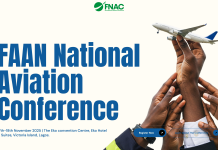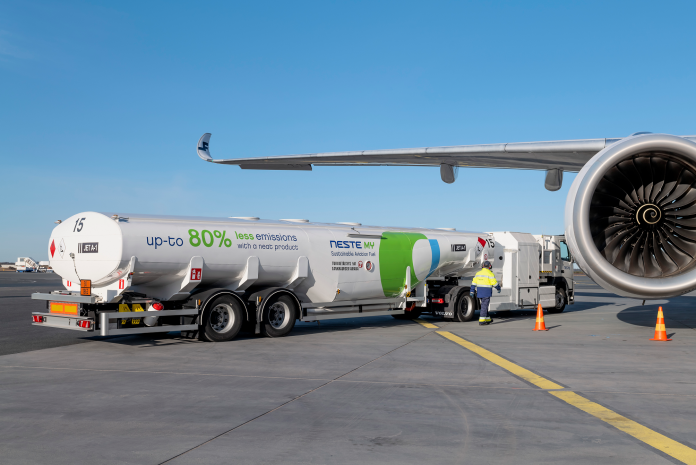The International Air Transport Association (IATA) has called on South Africa to mobilize its experience, resources, and infrastructure to accelerate the development of Sustainable Aviation Fuel (SAF) production.
“South Africa has vast potential to become a leading Sustainable Aviation Fuel (SAF) producer in the region. And there is a waiting market for SAF as airlines work to achieve net zero carbon emissions by 2050. More than a strategy in support of aviation’s decarbonization, it is a strategy for economic development and should be a top priority for the new South African government. Across agriculture, energy, and transportation, new jobs and industries are waiting to be created that would not only help fight poverty but also contribute to greater energy independence,” said Marie Owens Thomsen, IATA’s Senior Vice President for Sustainability and Chief Economist.
South Africa chaired the 2022 ICAO Assembly at which governments agreed to a long-term goal aligned with the aviation industry’s net-zero carbon emissions by 2050 commitment. The role of SAF in achieving this goal was emphasized by the ICAO CAAF/3 objective of a 5% average global reduction in aviation’s carbon emissions by 2030. As decarbonizing aviation will require global collaboration, it is critical that global or regional stakeholders like States, development banks, industry, academia and other relevant parties bring forces together to help countries with SAF potential to develop their industry.
“Airlines are ready and waiting to purchase SAF as evidenced by the fact that every drop of SAF produced has been purchased and used. But the production volumes are a minute fraction of what aviation needs. That’s why it is essential for governments of countries with production potential, such as South Africa, to embrace what is a unique win-win-win opportunity for economic development, energy transition, and decarbonized air transportation,” said Thomsen.
To capitalize on South Africa’s SAF potential, IATA urged the government to adopt a strategic plan that should include four critical areas:
- – Industrial Infrastructure: Accelerate the development of production capabilities by using existing industrial infrastructure (brownfield investment) as a competitive advantage in the development and scaling of SAF production.
- – Pooling Resources: Identify opportunities to develop SAF by encouraging collaboration between the government, private sector, and international partners to pool resources and expertise.
- – Incentives for Research and Development (R&D): Spur innovation to drive down costs, increase production volumes, and diversify source crops/production methodologies with tax incentives, grants, and subsidies for R&D in SAF technologies.
- – Investment in Infrastructure: Support the development of necessary infrastructure (greenfield), such as biorefineries and green hydrogen production facilities with tax and other incentives.













